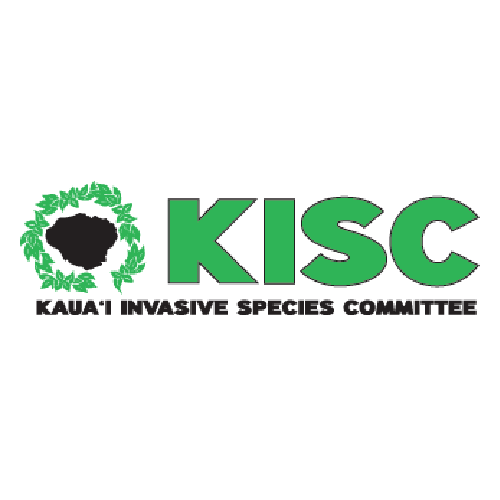Family: Iridaceae
Iris ensata is an herbaceous perennial native to Japan, Russia, China, Korea and Kazakhstan. It is extensively grown as an ornamental plant in gardens and parks throughout the temperate zones of the world. Iris ensata is highly prized in Japan. It is possible that it was introduced into Japanese culture in ancient times, in association with rice farming. It is reported to be naturalized in the United States of America and United Kingdom but this plant has not been documented as naturalized in any Hawaiian Islands to date.
High Risk Traits:
- Broad climate suitability (in temperate regions)
- Possibly naturalized or persisting elsewhere (but no evidence in the Hawaiian Islands to date).
- Identified as one of several weeds in mulberry cultivation (but no negative impacts have been described).
- Other Iris species are invasive weeds.
- Toxic to animals (if eaten).
- Potentially toxic and may cause dermatitis in people.
- Reported to form dense stands within native range.
- Occurs on margins of aquatic habitats. Could potentially invade similar habitats in the Hawaiian Islands.
- Reproduces by seeds and clonally by rhizomes.
- Self-fertile (with reduced fruit and seed set).
- Seeds dispersed by water, and through intentional cultivation.
Low Risk Traits:
- Primarily occurs in cool, temperate regions (may only be a risk to cooler, higher elevations of tropical island ecosystems).
- Widely cultivated in a range of forms, with no specific evidence of negative impacts where introduced.
- Unarmed (no spines, thorns, or burrs)
- Grows best in partially shaded to high light environments (dense shade may inhibit spread).
- Herbicides may provide effective control.




